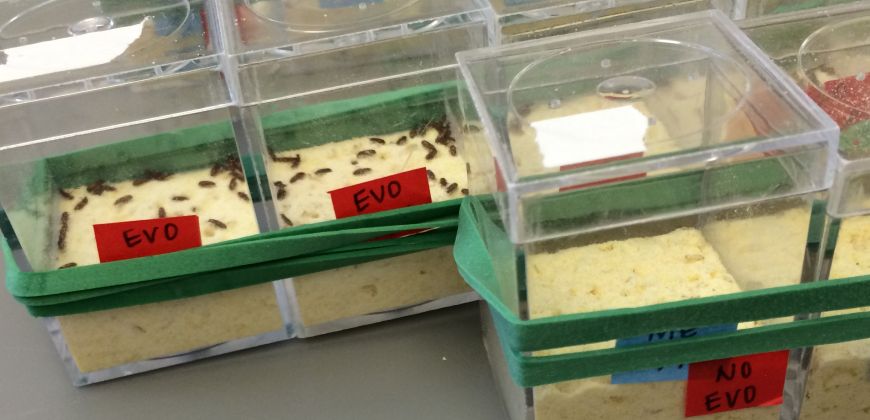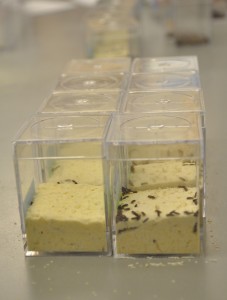
When a species is under threat of extinction, biologists and conservationists work to increase the size of the species’ population. How to help a species avoid extinction and increase population sizes is under debate. Now, according to a study published in the Proceedings of the National Academy of Sciences by a Colorado State University researcher and a colleague at the University of Colorado Boulder, beetles can be used as a model species to tackle this problem. Their work demonstrates that adding individuals with different genetic profiles to threatened populations may be just as useful or even more useful than increasing a population’s numbers directly with the addition of genetically similar individuals.
Beetles used as a model species

Ruth Hufbauer, a professor in CSU’s Department of Bioagricultural Sciences and Pest Management, along with Brett Melbourne, an assistant professor in the Department of Ecology and Evolutionary Biology at the University of Colorado Boulder, have been using Tribolium castaneum beetles which they housed in small, clear containers to simulate a species on the decline.
“These beetles provide an excellent model species for studying how different approaches to reinvigorating populations might play out in the real world,” said Hufbauer. “We could not do this research using an existing threatened species because we would not want to do anything that might further reduce that species’ numbers.”
Determining the most productive approach
In this case, the beetles, which are abundant in numbers, provide a useful test case to determine if a demographic approach, characterized by increasing a population’s size, or a genetic approach, characterized by introducing a different genetic profile, is the most productive.
‘Genetics is where it’s at’

“To avoid extinction, genetics is where it’s at,” said Hufbauer. “We found that the introduction of new genes was a significant factor in helping the population thrive, especially in smaller populations.”
Hufbauer notes that large populations saw some benefit in adding more, genetically-similar individuals. But both small and large populations, grew rapidly just two generations after 1-3 genetically-distinct individuals were introduced.
“The potency of adding new genes is impressive, and this introduction likely facilitates evolutionary adaptation in a novel environment as well as reduces inbreeding,” said Hufbauer.
The study
For more information about the study, “Three types of rescue can avert extinction in a changing environment” can be found on the Proceedings of the National Academy of Sciences website.